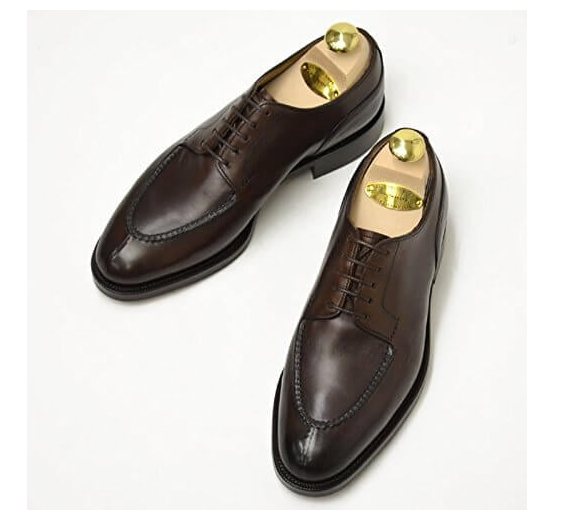Edward Green’s, shoes, Style
The Timeless Appeal and Iconic Models of Edward Green
Edward Green is revered as one of the finest English leather shoe brands, combining traditional craftsmanship with refined elegance. Renowned for its meticulous production process and distinctive lasts, the brand continues to captivate discerning customers around the world. In this article, we explore the heritage, revival, and iconic models that define Edward Green’s legacy.
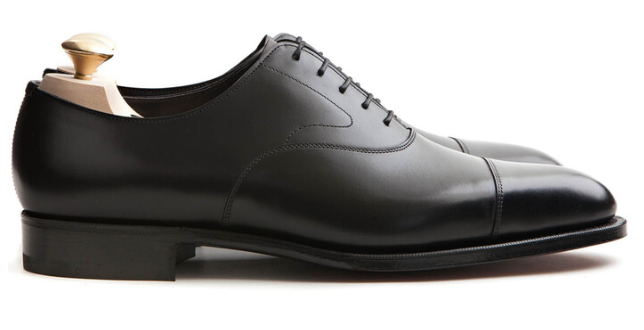
What is Edward Green?
Founded in 1890 in Northampton—the historic heart of English shoemaking—Edward Green quickly rose to prominence for its superior quality. While often compared to fellow luxury shoemaker John Lobb, Edward Green stands apart as a proudly independent brand. Unlike John Lobb Paris (owned by Hermès), Edward Green has survived financial crises and ownership changes to remain self-sustaining. The brand’s appeal lies in its commitment to craftsmanship, a rich variety of lasts, and timeless models such as the Chelsea (a sleek straight-tip oxford) and Dover (a hand-stitched U-tip derby).
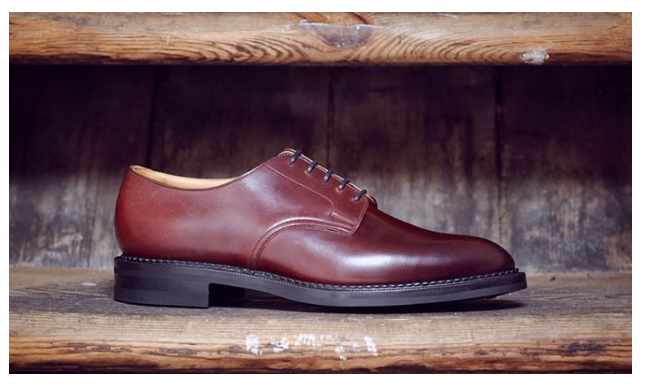
A Storied History
Edward Green began as a workshop focused on military boots, founded by Edward Green himself and later operated alongside his three sons. The philosophy was simple yet ambitious: to produce “the finest shoes possible.” That spirit has been preserved over generations and remains the bedrock of the company.
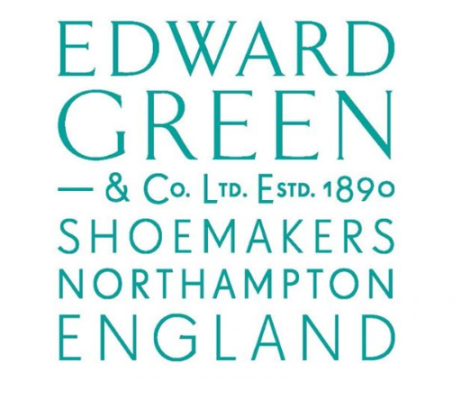
The Man Behind the Revival: John Hlustik
By the 1970s, Edward Green had fallen into decline and faced bankruptcy. In 1983, Italian designer John Hlustik (often misspelled as Fulstick) stepped in and acquired the company—reportedly for the price of its debts plus a symbolic £1. Using his design expertise, he revitalized the brand, refining the lasts for broader appeal and introducing brown, hand-dyed leather shoes at a time when black dominated the English market. His adjustments made Edward Green shoes more wearable without sacrificing their signature elegance. Hlustik’s leadership helped the brand return to its artisanal roots, focusing on small-batch production by elite craftsmen.
After Hlustik’s death in 2000, leadership passed to Hilary Freeman, who continued his legacy with a strong emphasis on craftsmanship and quality control.

Edward Green’s Brush with Hermès
Edward Green narrowly avoided being absorbed by Hermès in the 1990s. After producing high-quality shoes for John Lobb (owned by Hermès), talks of acquisition emerged. Although initial collaborations seemed promising, financial struggles led Edward Green to lose its factory and even its historic #202 last. The brand outsourced production to other English shoemakers like Crockett & Jones and Grenson during this turbulent time but eventually reclaimed its place with newly developed lasts and a renewed focus on craftsmanship.

Signature Models and Their Lasts
Edward Green is known for its deep commitment to last design—each model is carefully shaped for both form and comfort. Key lasts include:
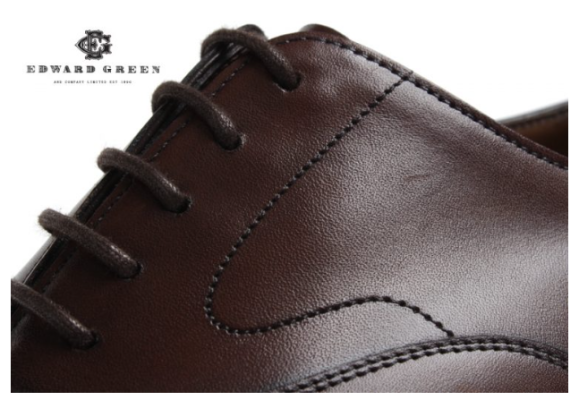
#202: A timeless standard developed in the 1940s, redesigned in the 1990s. Known for a classic round toe and a snug heel cup, it suits high insteps and wider feet, especially popular in Japan.
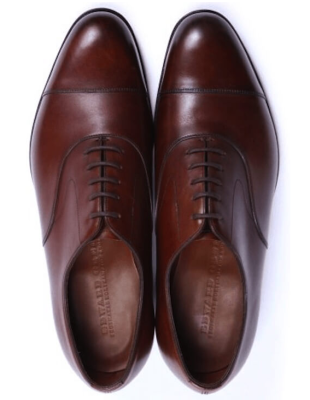
#82: Introduced in 2004, it retains much of the #202’s shape but with a sleeker, more modern silhouette. Now Edward Green’s most popular last.
#32: Specifically designed for the Dover, this slim, rounded last offers a sharper profile.
#888: Designed by Tony Gaziano (later founder of Gaziano & Girling), this elegant chisel-toe last brought a modern edge to Edward Green’s aesthetic.
#184: Frequently used for loafers, this last offers a soft round toe, ideal for casual refinement.
Iconic Edward Green Models
Chelsea (Last #82 or #202)
A quintessential oxford with inside straight cap toe and signature swan neck stitching. The #82 version offers a modern touch, while the #202 maintains traditional charm.
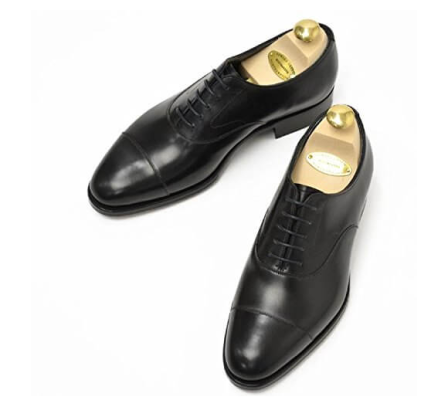
Dover (Last #32 or #202)
Regarded as the finest U-tip dress shoe in the world. Famous for its hand-sewn split-toe seam, the Dover showcases the pinnacle of Edward Green’s craftsmanship.

Inverness (Last #82)
A full brogue model with ornate medallion perforations, perfect for those seeking a blend of classic artistry and contemporary flair. The dark navy color makes it versatile for formal and smart casual wear.
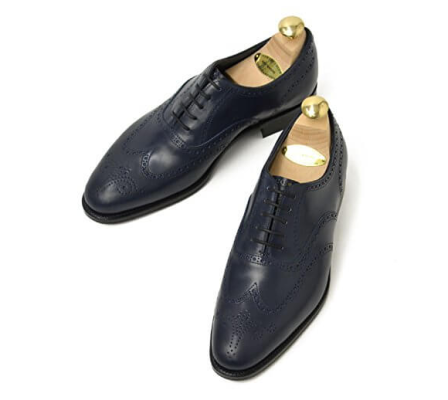
Sandown (Last #184)
A refined suede coin loafer suited for relaxed weekends or casual elegance. Weather-resistant and versatile, it reflects the brand’s easy luxury.
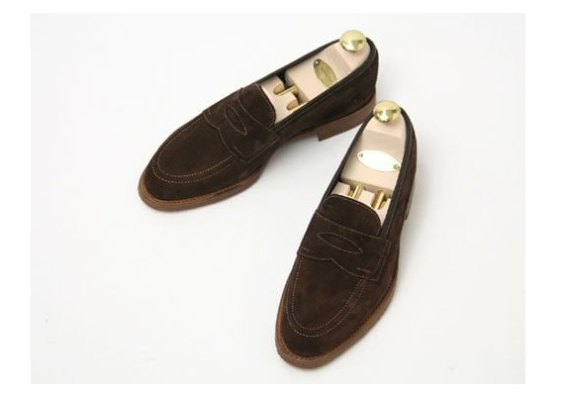
Craftsmanship at the Core
Edward Green’s shoemaking process is an artisanal symphony divided into specialized teams:
Clicking: Master artisans cut calfskin leather, selecting only flawless areas and accounting for natural stretch.
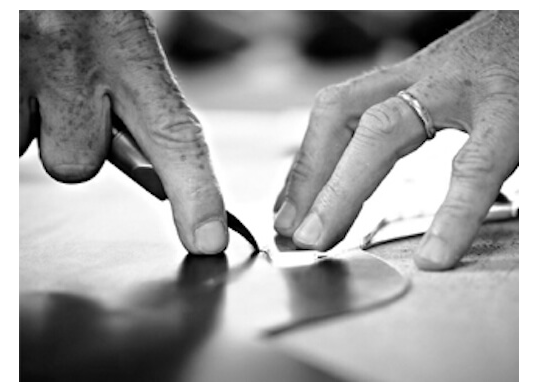
Sewing: Threads are made in-house, and pig-hair needles are used for precise stitching.
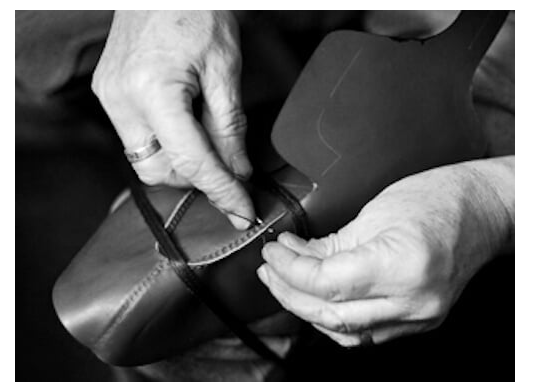
Welting: Goodyear welting is done with minimal machinery and maximum handcraft, ensuring durability and flexibility.
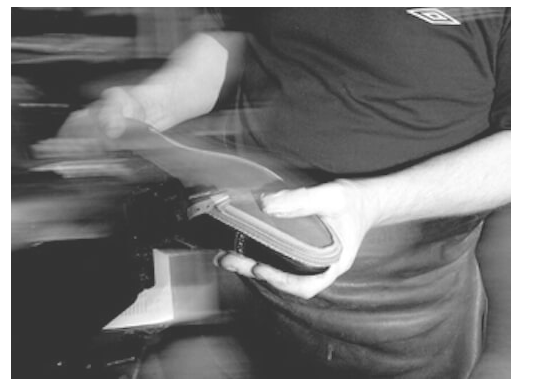
Polishing: Calfskin is polished over time to reveal its translucent, lustrous finish—a mark of Edward Green’s uncompromising quality.

All skills are passed down in-house through rigorous apprenticeships, ensuring consistency across generations.
Conclusion: A Legend in Leather
Edward Green stands not just as a shoemaker, but as a cultural icon of quality, resilience, and timeless design. From the classic Chelsea to the handcrafted Dover, each pair reflects the brand’s philosophy: elegance through excellence. Whether you’re a leather shoe aficionado or simply appreciate craftsmanship at its best, Edward Green represents the peak of English shoemaking tradition—revived, refined, and ready for the future.

